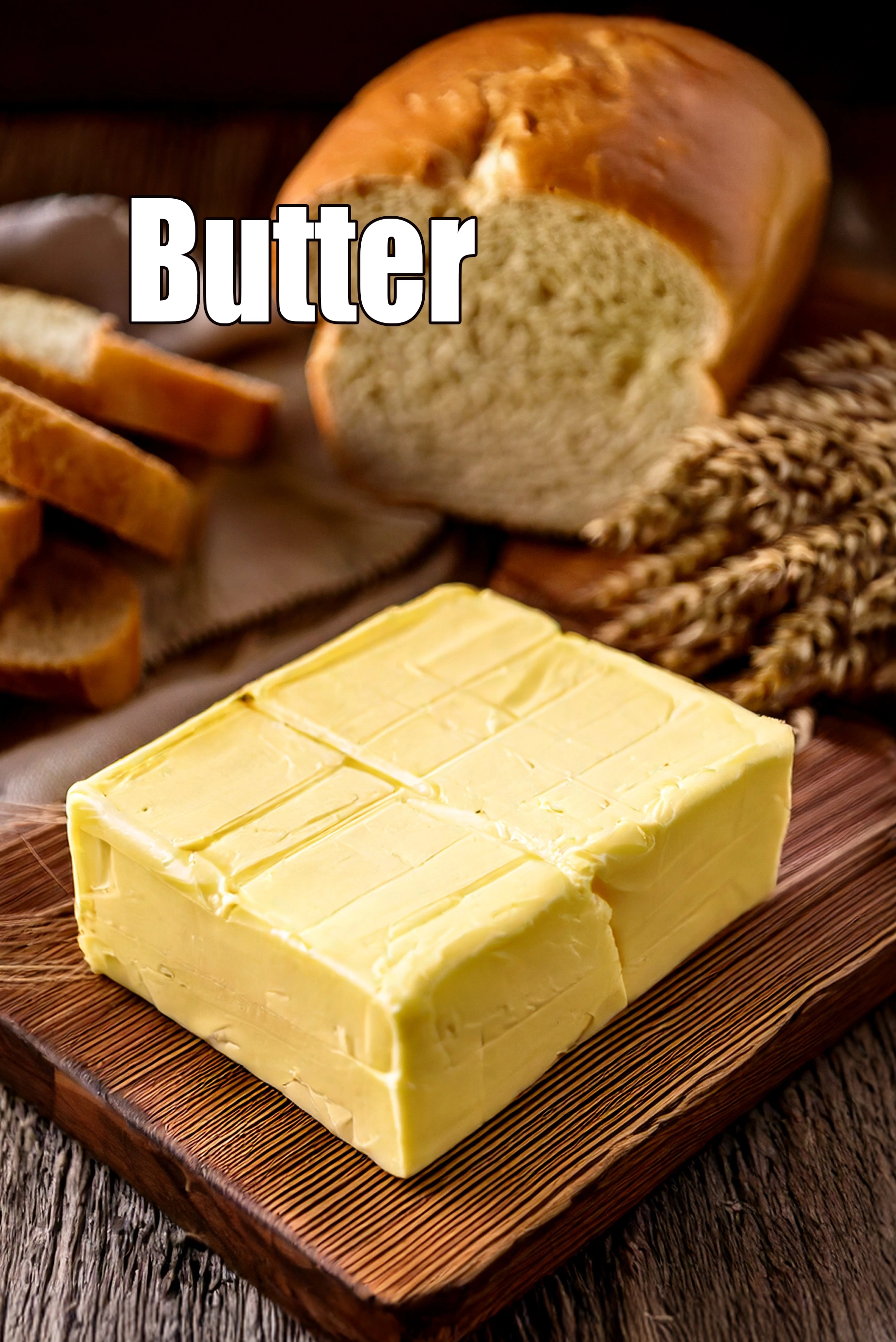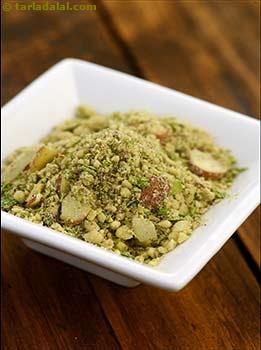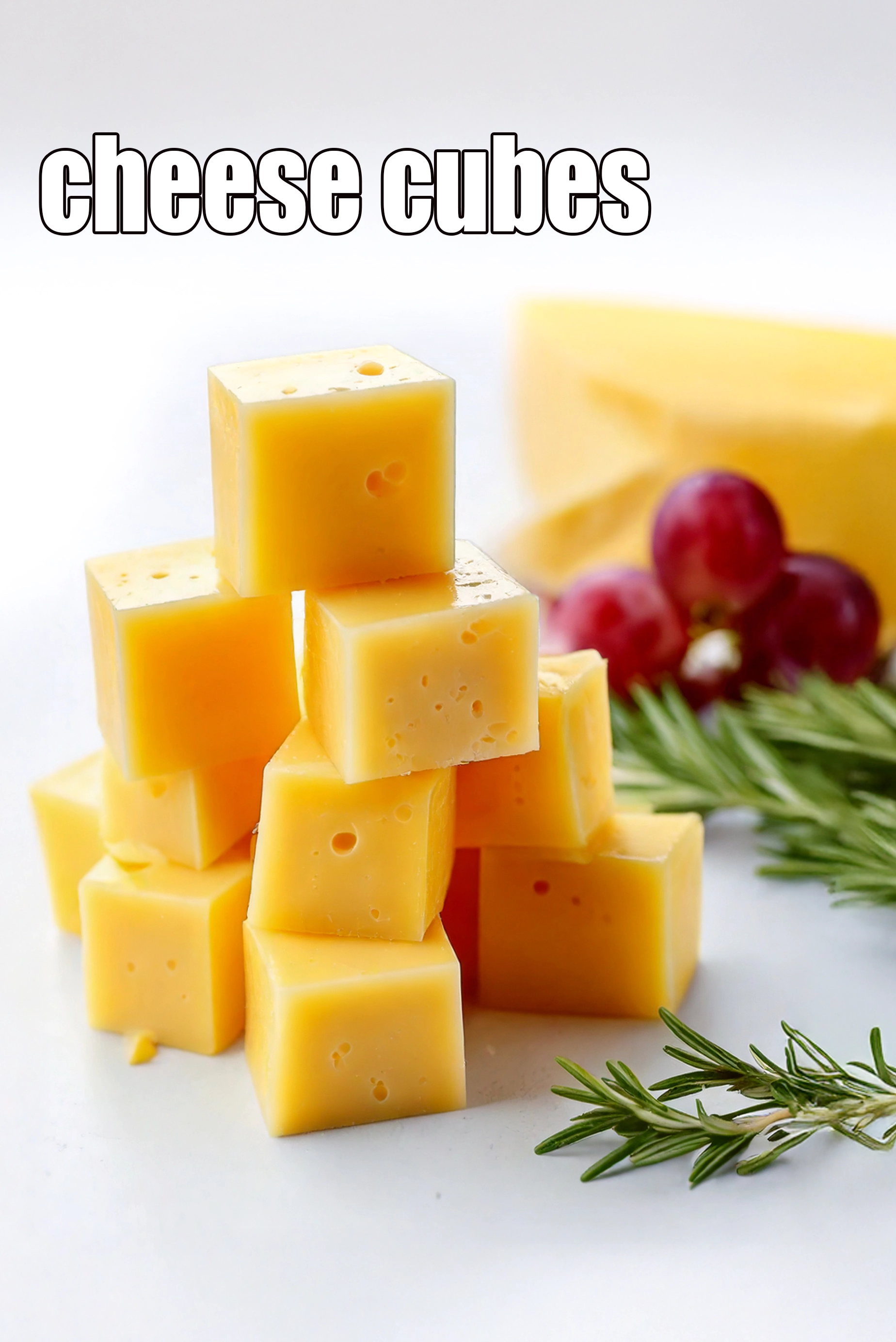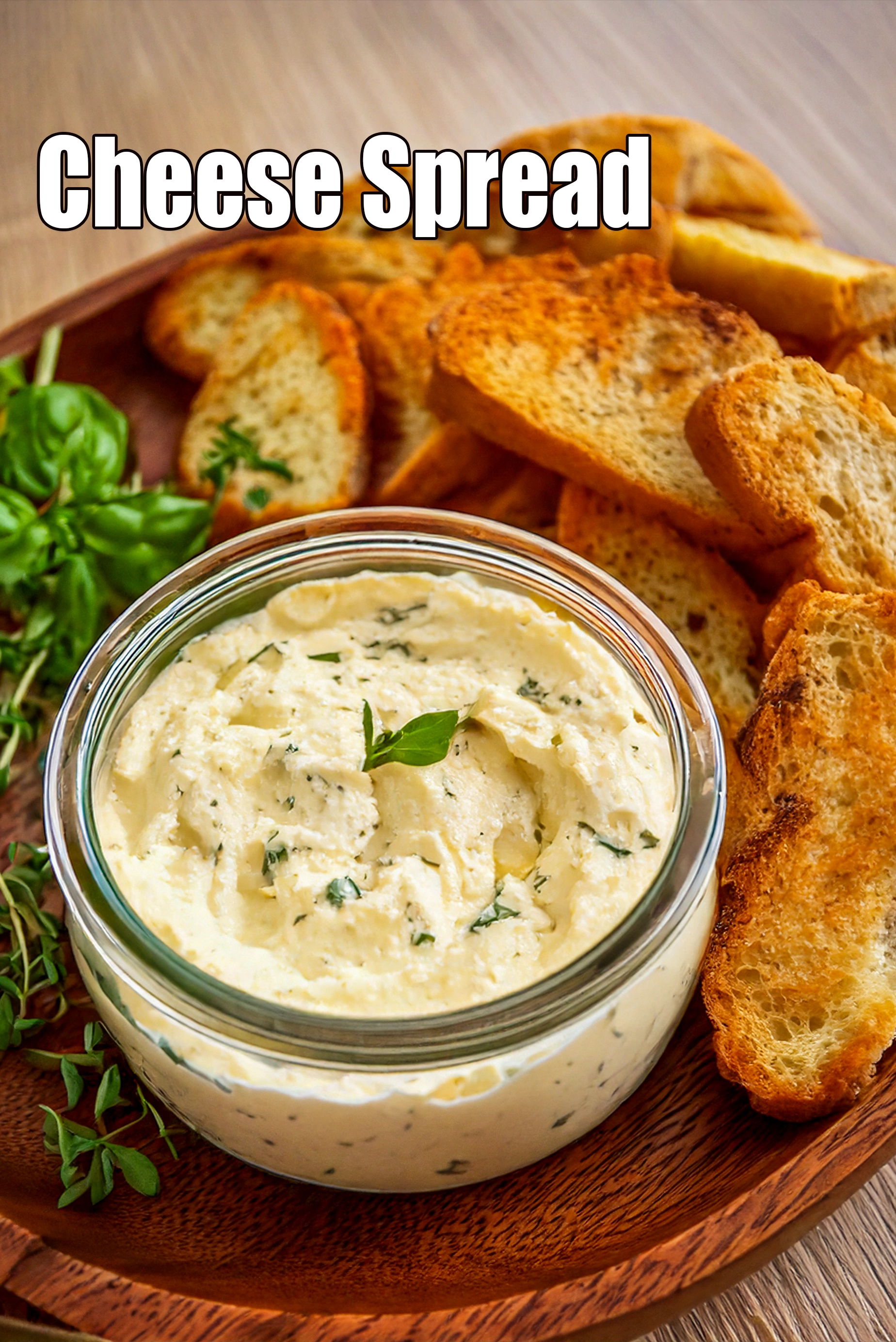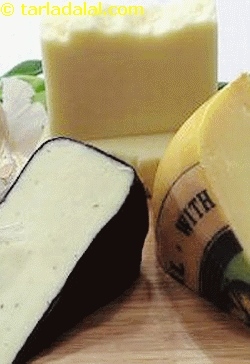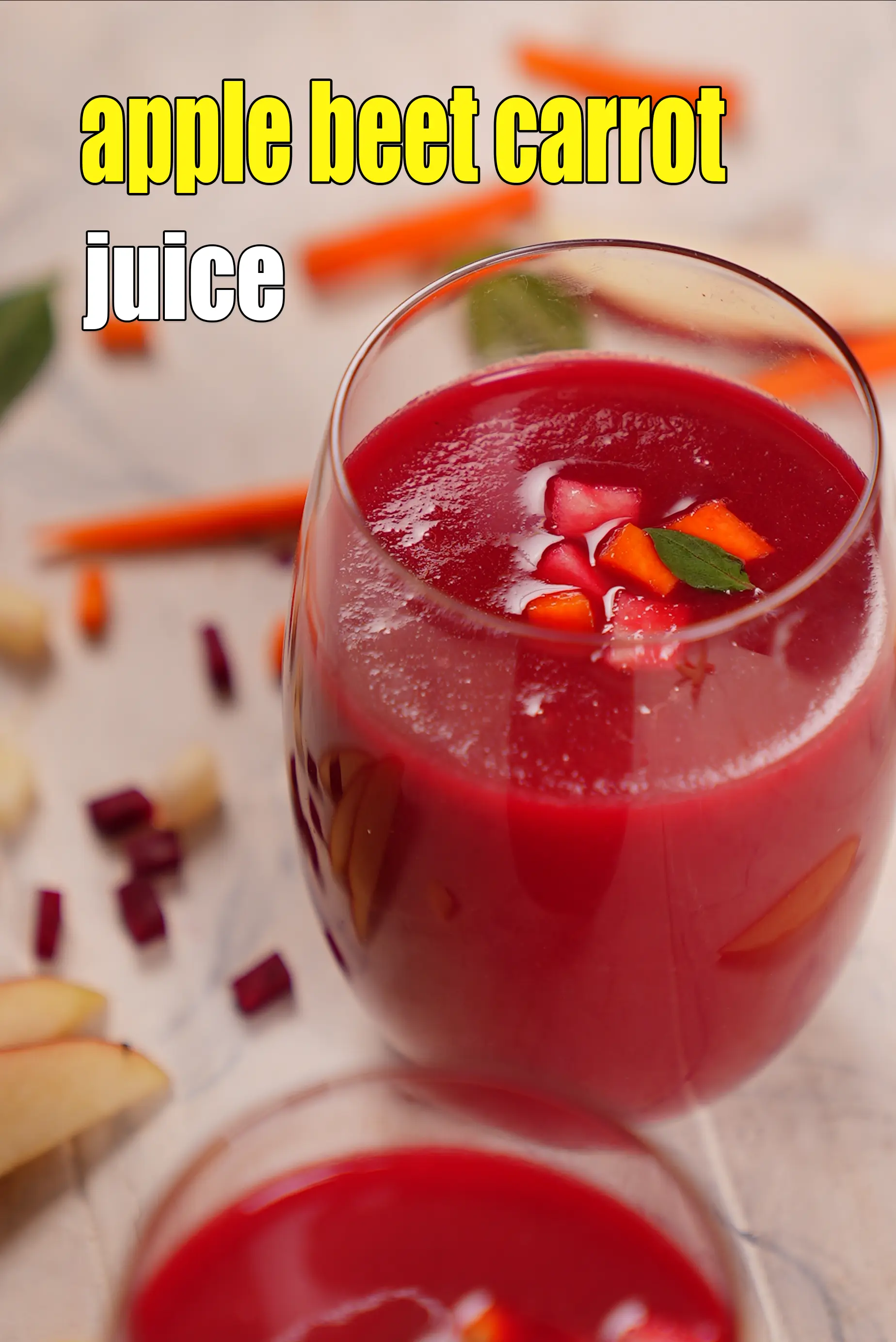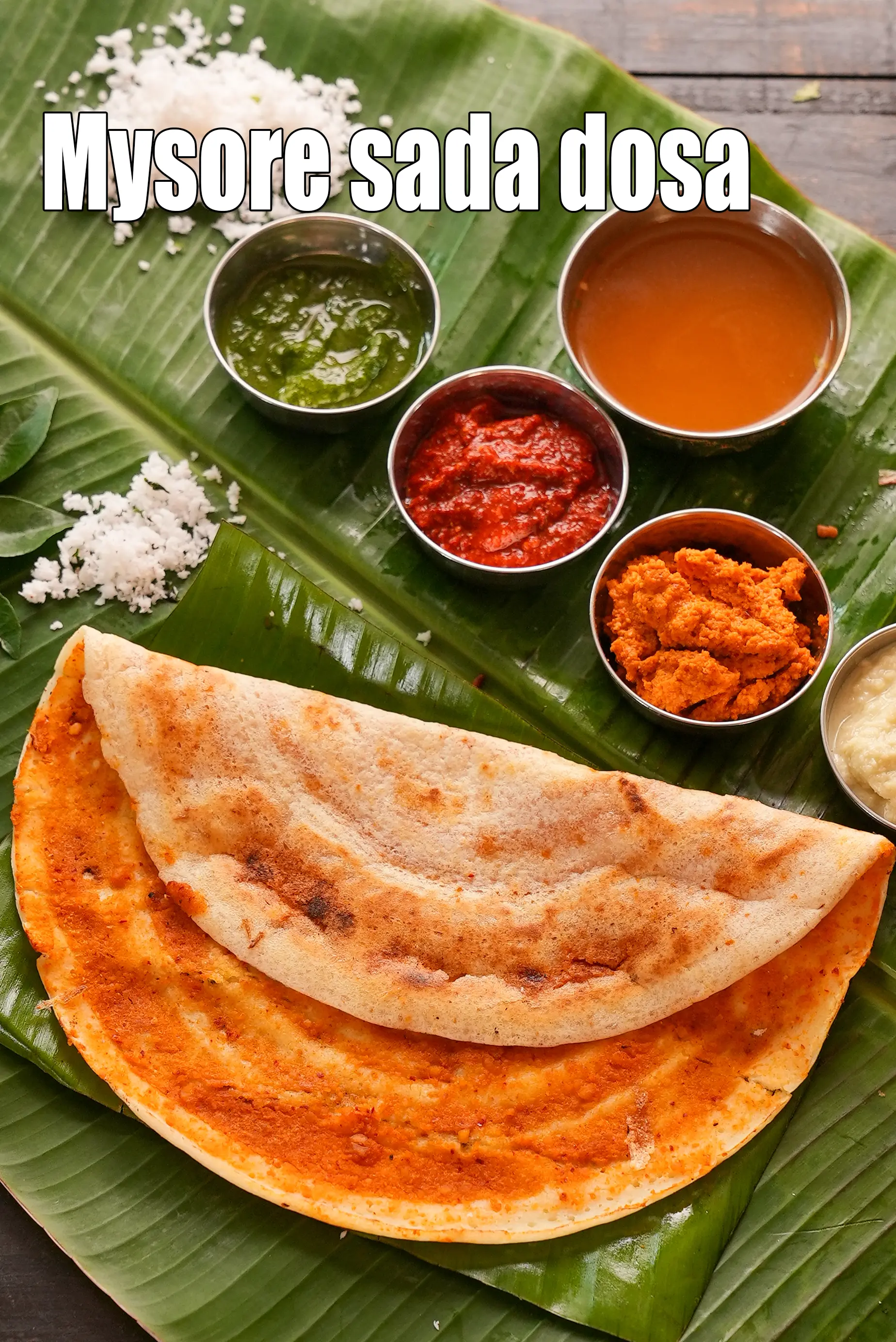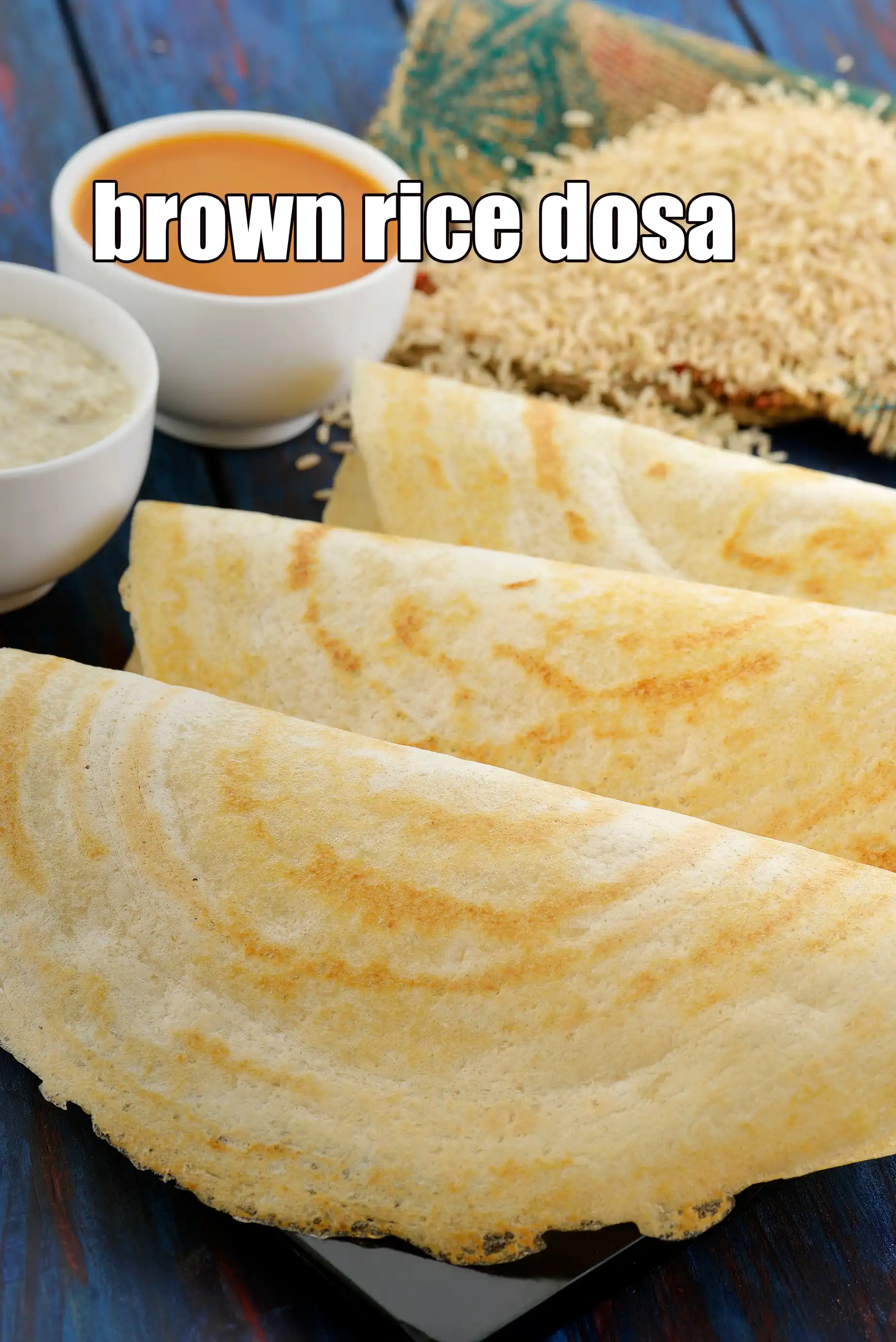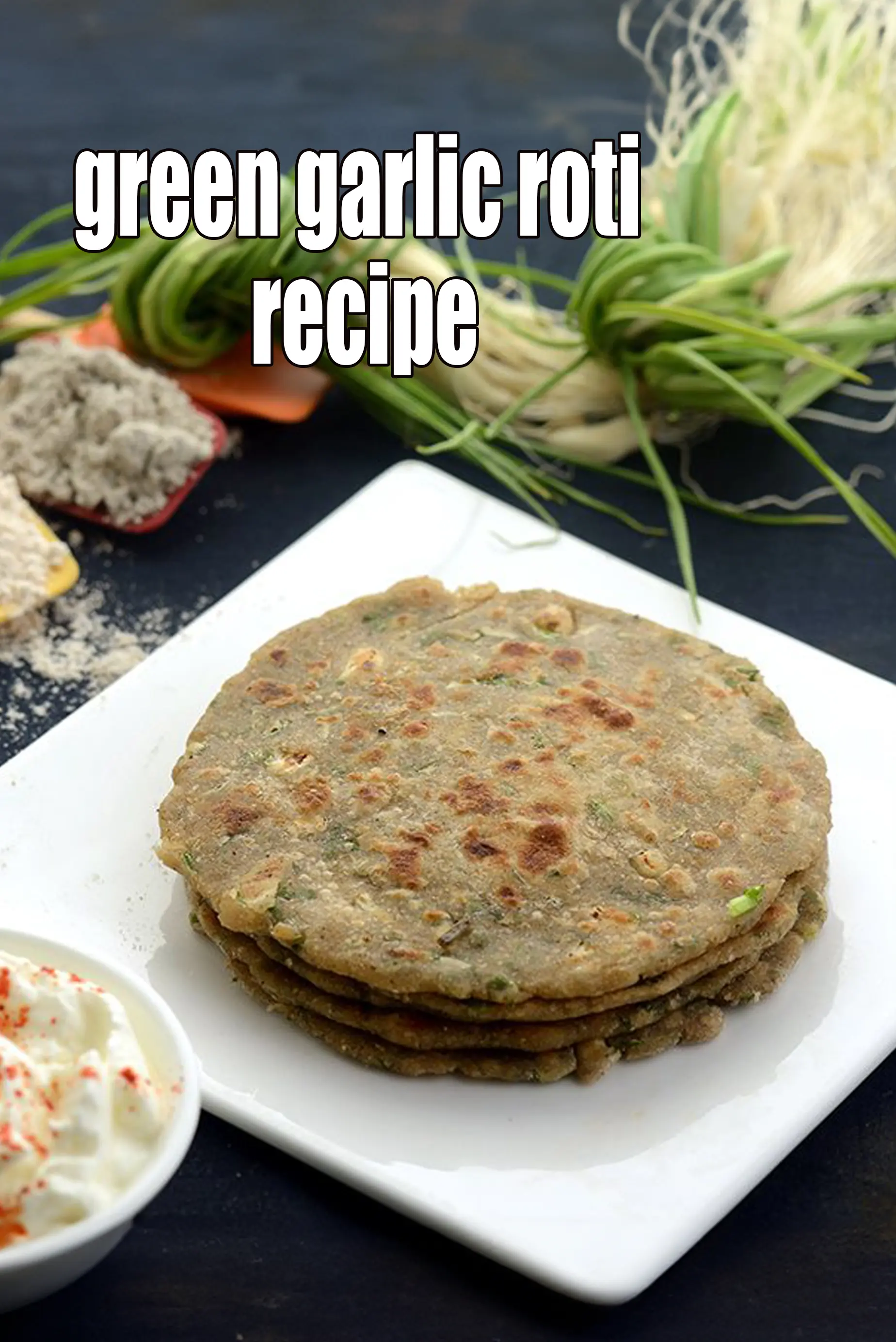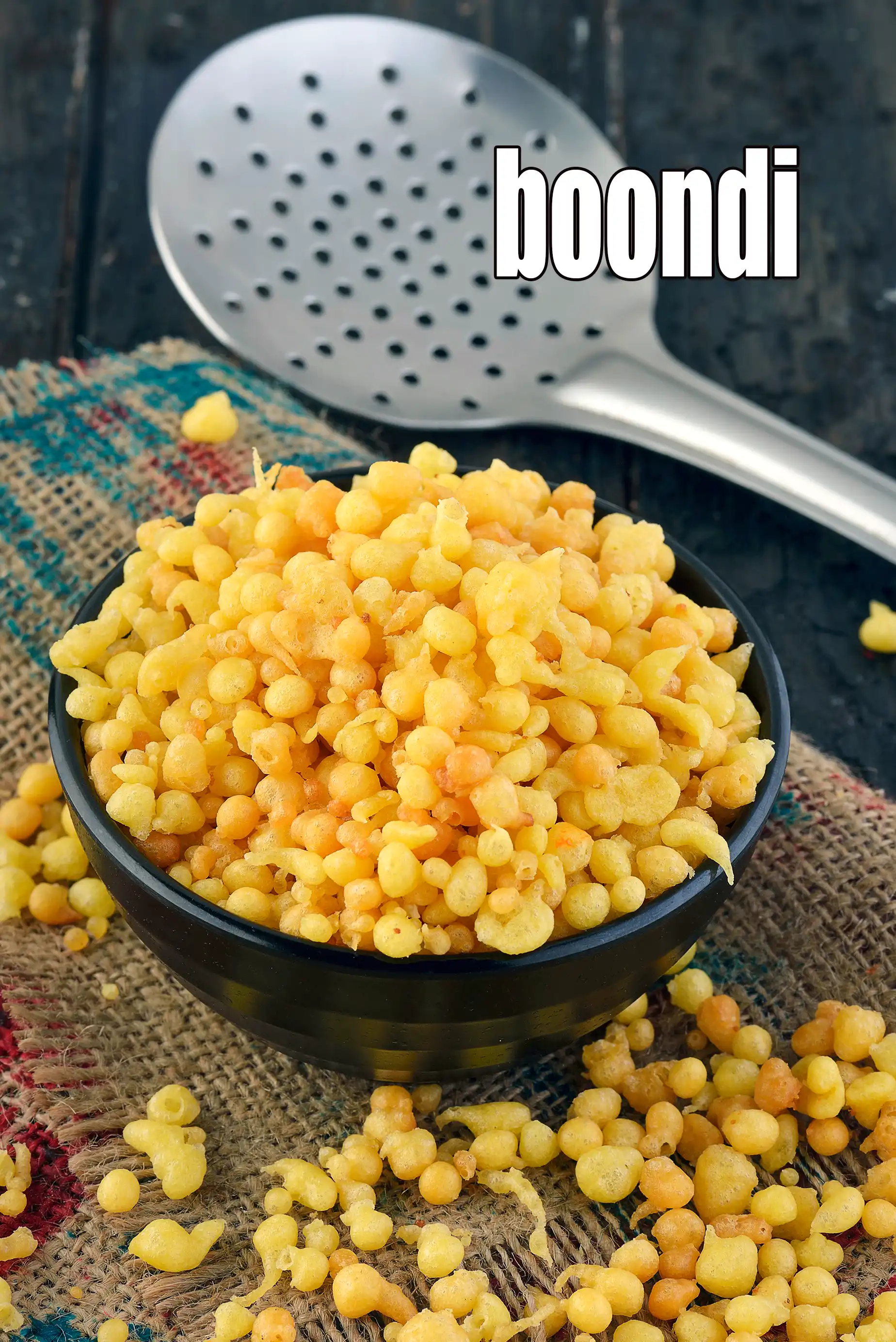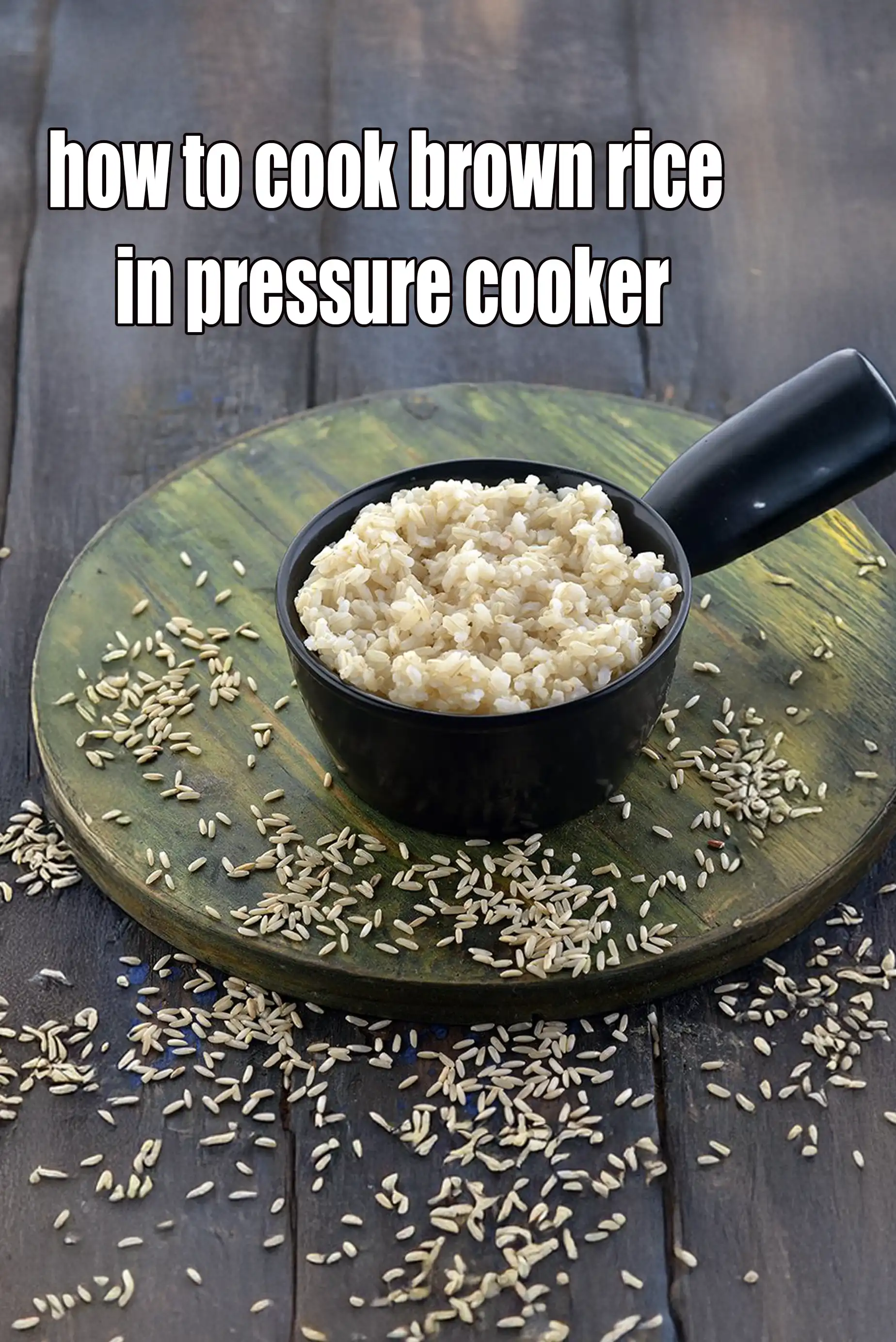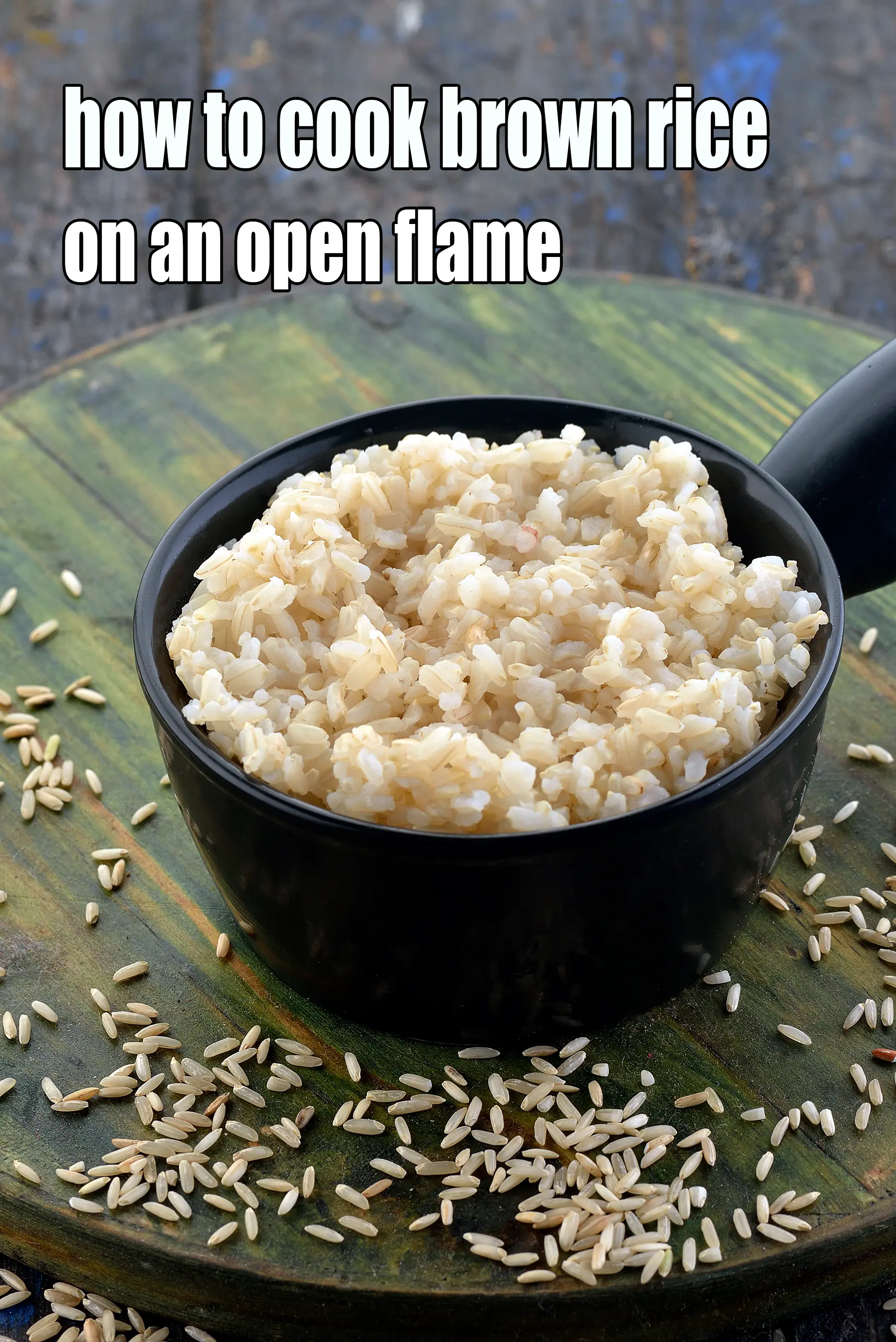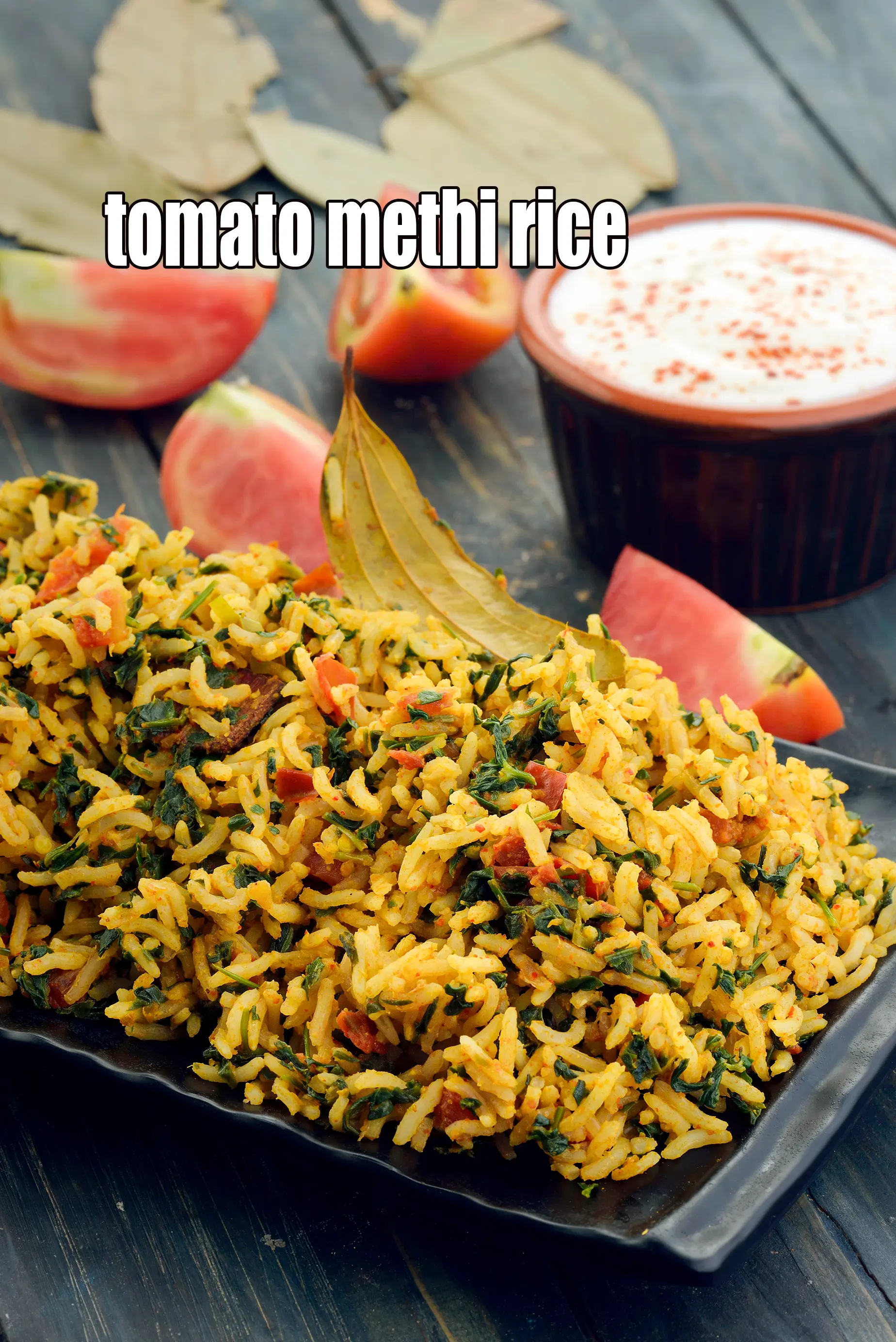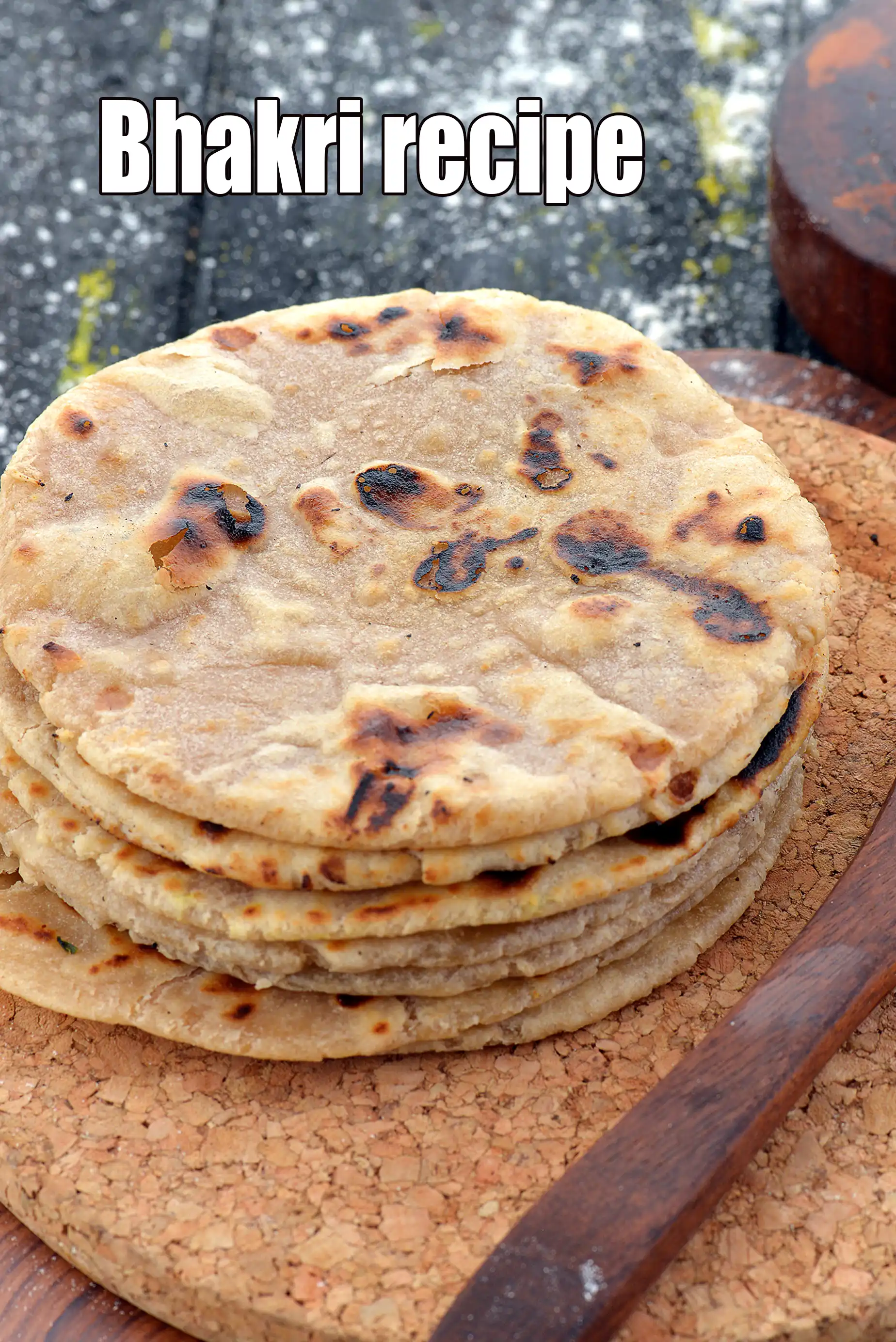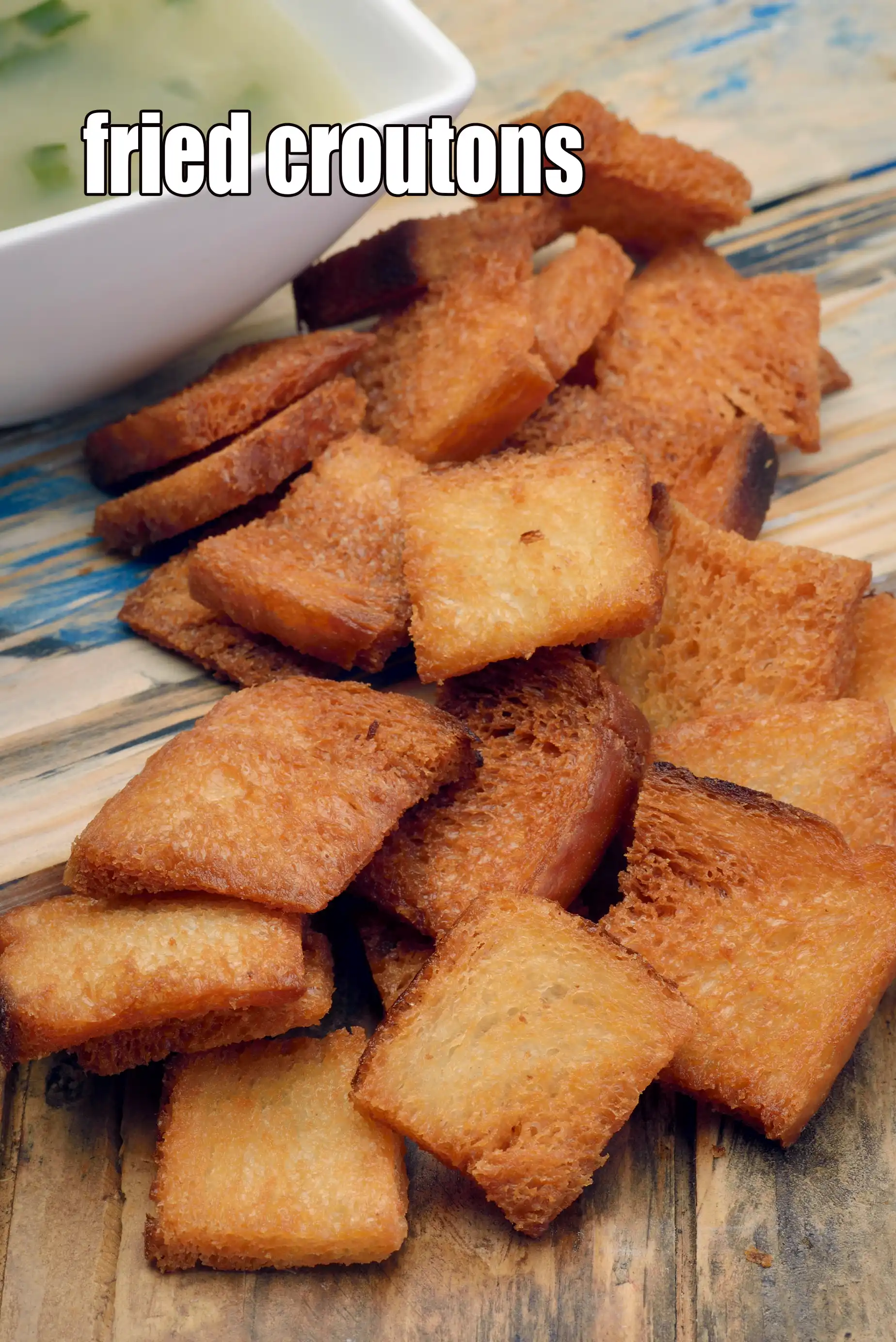cheddar cheese
.webp)
Description
From being produced initially in a sleepy old village in Somerset, England, Cheddar cheese which gets its name for the village Cheddar, is now made all across the world. This sharp tasting cheese is the most popular of mainstream cheeses known for its unique flavour which deepens over time The most common adjectives used to describe cheddars strength are: mild, medium, strong, tasty, sharp, extra sharp, mature, old, or vintage.
This cheese is created though a process aptly called cheddaring, where after heating, the curd is kneaded with salt. It is then cut into cubes to drain the whey, post which they are then stacked and turned.
From the pale-yellows, to the off-white, the hard orange to the white, Cheddar varies in colour (through colouring agents like annato) but when it comes to texture, theres no mistaking the crumbly bits that melts comfortably in your mouth. The strongest of Cheddars are called vintage. They mature upto 15 months ensuring that the flavour is extra-strong and kicks-in a sharp punch.
How to select
• Cheddars vary in flavour depending on the length of aging and their origin.
• As cheddar slowly ages, it loses moisture and its texture becomes drier and more crumbly.
• Sharpness becomes noticeable at 12 months (old cheddar) and 18 months (extra old cheddar).
• The optimal aging period is 5-6 years; however, a 3 year old cheese is fine and a 5 year old cheddar can be saved for special occasions.
• Cheddar cheese should not be too crumbly or dry with the colour being relatively uniform.
• Check the expiry date and look out for any discoloration or mouldy spots.
• Opt for varieties that provide no more than five grams of fat per ounce.
Culinary uses
• Cheese, especially Cheddar is a joy to have on its own as is.
• With crackers or in soup, sauces, dips and melted on snacks, like mashed potatoes, nachos, mac and cheese and even shepherds pie are other great ways of relishing this cheese.
• Cheddar cheese balls and poppers are not very hip friendly, but insanely delicious nonetheless.
• Sandwiches, omelettes, pizza, soufflés, au gratins and fondues taste great with Cheddar.
• Fruits like apples, pears and melon compliment the sharp taste of Cheddar beautifully.
How to store
• All cheeses, regardless of variety, should be well wrapped and kept in the warmest section of the refrigerator. (The refrigerator door is often one of the warmest spots).
• As storage life is related to the moisture content of the cheese, the softer the cheese, the shorter amount of time it will keep fresh.
• In general, firm and semi-firm cheeses like Cheddar will keep for two weeks.
Health Benefits
• Regardless of the type of milk used to create it, Cheddar cheese is a concentrated source of the nutrients naturally found in milk, including calcium.
• The one nutritional drawback of reduced-fat cheeses is that they are usually higher in sodium than full-fat natural cheeses.
• Cheddar also contains a large amount of other essential nutrients such as phosphorous, zinc, riboflavin, vitamin B12 and vitamin A.
• It is a dense source of high quality protein.
.webp)
grated cheddar cheese
.webp)
chopped cheddar cheese
.webp)
sliced cheddar cheese
.webp)
sharp cheddar cheese

Related Recipes
Mac N Cheese, Three - Cheese Mac N Cheese
Penne With Sun-Dried Tomato Pesto Sauce
More recipes with this ingredient...
cheddar cheese (4 recipes), grated cheddar cheese (2 recipes) , chopped cheddar cheese (0 recipes) , sliced cheddar cheese (0 recipes) , sharp cheddar cheese (1 recipes)

Related Glossary
Follow US
Recipe Categories
- Vitamin B12 Cobalamin Rich Recipes 33 recipes
- Low Calorie, Weight Loss Indian Recipes 421 recipes
- Low Cholesterol Indian Recipes 308 recipes
- Healthy Indian Breakfast 372 recipes
- Indian Diabetic recipes 558 recipes
- Indian Pregnancy recipes 461 recipes
- Zero Oil Indian Recipes 133 recipes
- Iron Rich Indian recipes 267 recipes
- Healthy Indian Acidity recipes 133 recipes
- Healthy Sabzis 108 recipes
- Indian Healthy Veg Snack 276 recipes
- Healthy Heart Recipes 415 recipes
- Healthy Veg Indian Soups 74 recipes
- Calcium Rich Indian Recipes 372 recipes
- High Blood Pressure Indian Recipes 100 recipes
- Healthy Indian Salads Recipes 137 recipes
- Low Carb Indian Diet, recipes 161 recipes
- Hypothyroidism Diet 60 recipes
- Arthritis Diet 68 recipes
- High Protein Indian recipes 93 recipes
- Vitamin K Diet 41 recipes
- Fatty Liver Diet 30 recipes
- PCOS 133 recipes
- Gluten Free Veg Indian 195 recipes
- High Fiber 328 recipes
- Indian Cancer Patients 275 recipes
- Jaundice Diet 45 recipes
- Sprouts 61 recipes
- Typhoid 43 recipes
- Irritable Bowel Syndrome (IBS) 20 recipes
- Kidney Stone Diet 9 recipes
- Home Remedies 213 recipes
- Senior Citizen 195 recipes
- Healthy Indian Drinks and Juices 213 recipes
- Diet for Dialysis 10 recipes
- Gout Indian Recipes 17 recipes
- Potassium Rich 80 recipes
- Vegan 195 recipes
- Indian recipes to treat Vomiting 7 recipes
- Forever Young Diet, Anti Aging Indian Diet 255 recipes
- High in Omega 3 Fatty Acids 31 recipes
- Vitamin B1 Rich Indian Foods, Recipes 101 recipes
- Zinc Rich Foods 55 recipes
- Antioxidant Rich Indian 445 recipes
- Vitamin A Rich, Beta Carotene, Retinol 87 recipes
- Malaria Diet 17 recipes
- Healthy Indian Dinner 85 recipes
- Magnesium Rich 94 recipes
- Vitamin C Rich Indian recipes 118 recipes
- Low Veg Glycemic Index 86 recipes
- Lower Blood Pressure Salads 7 recipes
- Healthy Indian Lunch Recipes 29 recipes
- Lactation 25 recipes
- Vitamin E Rich 50 recipes
- Hyperthyroidism Diet 46 recipes
- Vitamin B3, Niacin Rich 41 recipes
- Post Surgery Diet 42 recipes
- Selenium 27 recipes
- Lower Blood Pressure Desserts Sweets 14 recipes
- Phosphorus Rich Indian Recipes, Foods 74 recipes
- Copper 15 recipes
- Foods Rich in Vitamin B2 Riboflavin 22 recipes
- Vitamin B6 Diet 36 recipes
- Vitamin B9 Rich Folate 50 recipes
- B Vitamins 231 recipes
- Marathoners, Endurance Athletes, Triathlete 225 recipes
- Manganese Diet 32 recipes
- Thalassemia 18 recipes
- Detox Water, Fruit Infused Water 42 recipes
- Lactose Free Dairy Free 22 recipes
- Omega 6 Fatty Acids 32 recipes
- Phytonutrients 51 recipes
- Chronic Kidney Disease Indian recipes 11 recipes
- Selenium1 0 recipes
- Quick Snacks / Quick Starters 385 recipes
- Quick Breakfast Indian 131 recipes
- Quick Sabzis 117 recipes
- Quick Rotis / Parathas 46 recipes
- Quick Indian Sweets 139 recipes
- Quick Stir-Fries 51 recipes
- Quick Vegetarian Indian Soups 72 recipes
- Quick Chutneys 67 recipes
- Quick Vegetarian Rice, khichdi Recipes 56 recipes
- Indian snacks under 10 minutes 44 recipes
- Quick Indian Dips, Gravies & Sauces 103 recipes
- Quick Veg Indian Pizza 17 recipes
- Quick Veg Pasta 25 recipes
- Quick Pickles / Aachar 25 recipes
- Quick Dals / quick Kadhis 29 recipes
- Snacks under 5 minutes 33 recipes
- Quick Healthy Recipes 43 recipes
- Quick Pressure Cooker 46 recipes
- Quick Desserts 47 recipes
- Quick 3 Ingredients 63 recipes
- Quick Indian Desserts 20 recipes
- Quick 4 Ingredients 41 recipes
- Quick 5 Ingredients 42 recipes
- Kids Tiffin Box 319 recipes
- Recipes for Toddlers (1-3 Years) 32 recipes
- Sweet Recipes for Kids 456 recipes
- Recipes for Baby (10 to 12 Months) 14 recipes
- Quick Indian recipes for Kids 72 recipes
- Indian Breakfast Recipes for Kids 192 recipes
- Recipes for Weaning (8 to 9 months) 22 recipes
- Healthy Foods for Kids 196 recipes
- Snack Recipes for Kids 619 recipes
- Recipes Kids can make 36 recipes
- Kids After School 794 recipes
- Kids Jar Snacks 66 recipes
- Finger Foods for Babies, Toddlers and Kids 76 recipes
- Kids Weight Gain 43 recipes
- Kids Wraps and Rolls 23 recipes
- Kids Veg Pasta 27 recipes
- Kids Brain Boosting 68 recipes
- Protein rich food for kids 69 recipes
- Recipes for Weaning 15 recipes
- Kids Pizzas 30 recipes
- Babies, Toddler and Kids Iron Rich Foods 31 recipes
- High Fiber Foods for Kids 39 recipes
- Kids Noodles 37 recipes
- Kids High Energy Indian Foods 103 recipes
- Kids Calcium Rich Indian recipes 90 recipes
- Babies recipes, 6 to 18 months 31 recipes
- Kids Recipes for Increasing Immunity 10 recipes
- Kids Weight Loss 58 recipes
- Teething Recipes for Babies 10 recipes
- Cereals and Pulses for 8 to 9 months Baby 6 recipes
- Weaning foods at 7 months 12 recipes
- Indian Teen 315 recipes
- Starters / Snacks 2138 recipes
- Indian Breakfast Recipes 819 recipes
- Main Course Recipes 925 recipes
- Indian Salads 385 recipes
- Indian Desserts , Sweets 985 recipes
- Indian Soups 249 recipes
- Indian Beverages, Indian Drinks 483 recipes
- Indian Dinner 903 recipes
- Indian Dinner1 0 recipes
- Indian Lunch 830 recipes
- Side Dishes 449 recipes
- Indian Travel Food 433 recipes
- Indian Barbeque1 recipes 22 recipes
- Frozen Foods, Indian Freezer Recipes 67 recipes
- Whole Wheat Recipes 56 recipes
- Indian Comfort Foods 212 recipes
- Dinner Menus 56 recipes
- Easy Indian Veg 70 recipes
- Innovative Indian Recipes 27 recipes
- No Cook Indian 37 recipes
- Advanced Recipes 10 recipes
- Cakes with Eggs 13 recipes
- Microwave 229 recipes
- Oven 619 recipes
- Indian Steamer Recipes 102 recipes
- Kadai Veg 406 recipes
- Indian Barbeque Recipes 43 recipes
- Sizzler tray 15 recipes
- Mixer 566 recipes
- Pressure Cooker 315 recipes
- Tava 646 recipes
- Non-stick Pan 1393 recipes
- Appe Mould 17 recipes
- Indian Freezer recipes, meals 57 recipes
- Pan 223 recipes
- Non Stick Kadai Veg 203 recipes
- kadai Indian 150 recipes
- Refrigerator 176 recipes
- Waffle Indian recipes 6 recipes
- Handi 12 recipes
- Juicer and Hopper 64 recipes
- Grill 31 recipes
- Toaster 21 recipes
- Gas Toaster 8 recipes
- Steam 72 recipes
- No Cooking Veg Indian 335 recipes
- Vegetarian baked Indian recipes 380 recipes
- Boiled Indian recipes 129 recipes
- Deep Fry 259 recipes
- Indian Tawa 266 recipes
- Shallow Fry Indian 25 recipes
- Microwave1 172 recipes
- Saute 273 recipes
- Indian Pressure Cooker 171 recipes
- Stir-fry 100 recipes
- Roasting 0 recipes

